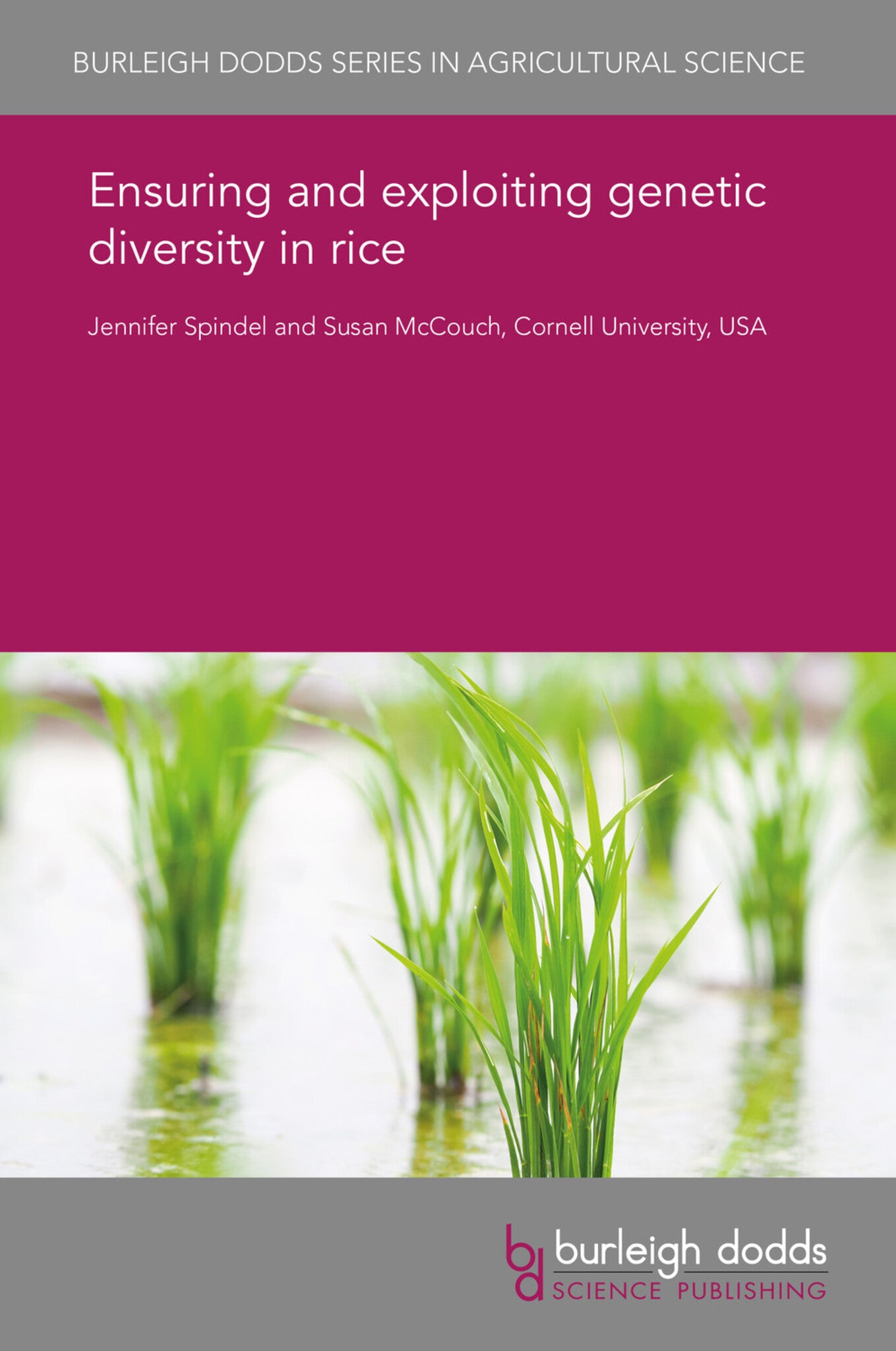We're sorry. An error has occurred
Please cancel or retry.
Ensuring and exploiting genetic diversity in rice

Some error occured while loading the Quick View. Please close the Quick View and try reloading the page.
Couldn't load pickup availability
- Format:
-
31 July 2016

Genetic diversity is the basis for all advances in breeding and genetic improvement and represents an insurance policy for dealing with disaster. In the context of a changing climate, breeders are under increased pressure to selectively expand the genetic base of the varieties they develop to enhance the climate resilience and sustainability of rice production systems. In this chapter we discuss different definitions of ‘diversity’, the origin and extent of genetic diversity found in rice and its wild relatives, and a variety of approaches for identifying useful sources of variation for rice improvement and utilizing genetic diversity in breeding programs. We discuss the modern toolbox of breeding strategies for enhancing the accuracy and efficiency of selection including marker and genomics assisted breeding, pre-breeding using
recombinant populations, and emerging technologies such as genome editing.

TECHNOLOGY & ENGINEERING / Agriculture / General, Agricultural science, TECHNOLOGY & ENGINEERING / Agriculture / Agronomy / Crop Science, TECHNOLOGY & ENGINEERING / Agriculture / Sustainable Agriculture, Plant biology, Sustainable agriculture, Agronomy and crop production

1 Introduction
2 Genetic diversity in the genus Oryza
3 The importance of diversity in rice
4 Sequencing and genotyping rice varieties as the basis for identifying desirable donors and traits
5 Pre-breeding programmes in rice
6 Using marker-assisted selection (MAS) and genomic selection (GS) to identify individuals with desirable traits or performance
7 The use of recombinant populations in pre-breeding programmes
8 Summary and future trends
9 Where to look for further information
10 References



